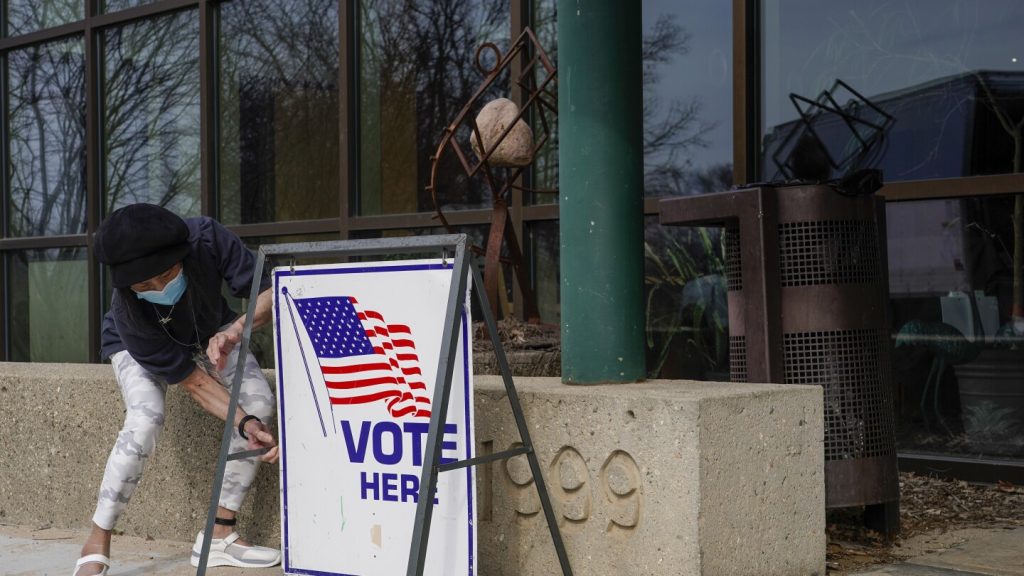In Wisconsin, a key battleground state known for its close presidential elections, both Republican former President Donald Trump and Democratic Vice President Kamala Harris are vying for the state’s 10 electoral votes. Wisconsin, along with Michigan and Pennsylvania, swung narrowly for Trump in 2016 after decades of Democratic support. However, in 2020, Democrat Joe Biden reclaimed these states for the Democrats, including Wisconsin, with a slim margin. The state’s U.S. Senate race is also heating up, with incumbent Democrat Tammy Baldwin facing a challenge from Republican Eric Hovde in a closely watched contest that could impact the balance of power in the Senate.
Democrats in Wisconsin are hopeful that new district maps will help them challenge the longstanding Republican majorities in the state Legislature. Nearly half of the state Senate seats and all 99 state Assembly seats are up for election this year, presenting an opportunity for Democrats to make gains. Additionally, Wisconsin voters will weigh in on a statewide ballot measure to amend the state constitution and explicitly prohibit noncitizens from voting in state elections, a move supported by Republicans at both the state and federal levels. Republicans in Congress and several states have pushed for similar measures to ban noncitizen voting entirely.
As Election Day approaches, Wisconsin voters can expect a competitive race with multiple key races on the ballot. Presidential candidates Harris and Trump will face off, along with several other third-party candidates. In the U.S. Senate race, Baldwin and Hovde will vie for the seat, along with two other candidates. Other races of interest include the U.S. House, state Senate, and state Assembly contests. The state’s history of close elections means that the outcome may not be certain on election night, with counties reporting results at different rates. In the past, larger counties like Milwaukee and Dane have taken longer to report their votes, potentially affecting the final outcome.
The election in Wisconsin will be closely watched, with both Trump and Harris needing strong support from their respective bases to secure victory. Trump is expected to perform well in rural areas and suburban counties like Waukesha, Ozaukee, and Washington, while Harris is likely to receive significant support in urban areas like Milwaukee and Dane. The Associated Press will not make projections until it is clear that a trailing candidate cannot close the gap, and recounts may be requested for races with a margin of less than a percentage point. Past presidential results show a history of close races in Wisconsin, with voter turnout remaining high in recent elections.
Overall, the 2024 election in Wisconsin promises to be a competitive and closely watched affair, with implications for both state and national politics. From the presidential and Senate races to local contests in the state Legislature, Wisconsin voters will have key decisions to make on Election Day. The state’s history of close elections, along with potential changes to district maps and ballot measures, add to the complexity and significance of the upcoming election. As voters head to the polls, they will play a crucial role in shaping the political landscape in Wisconsin and beyond.


